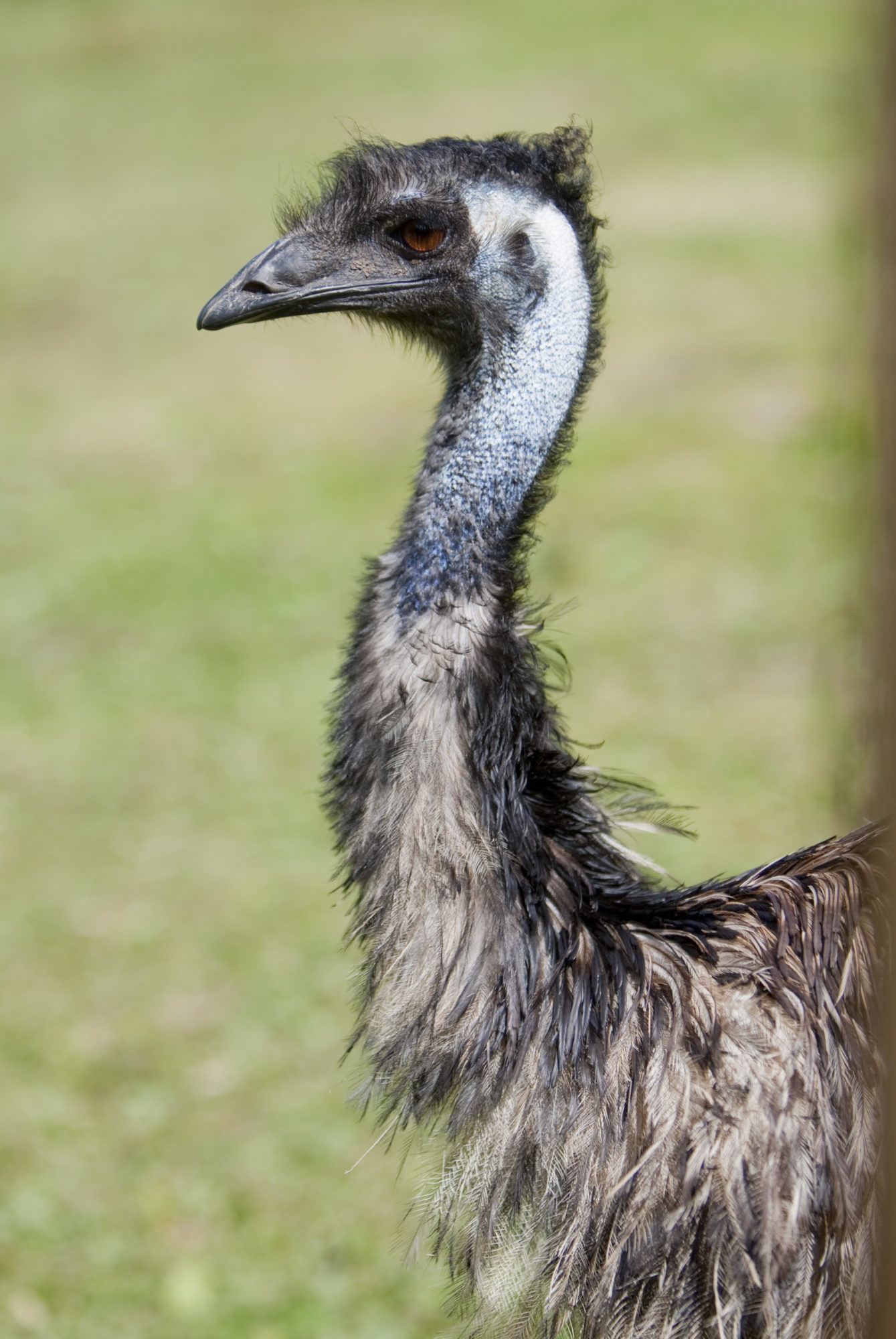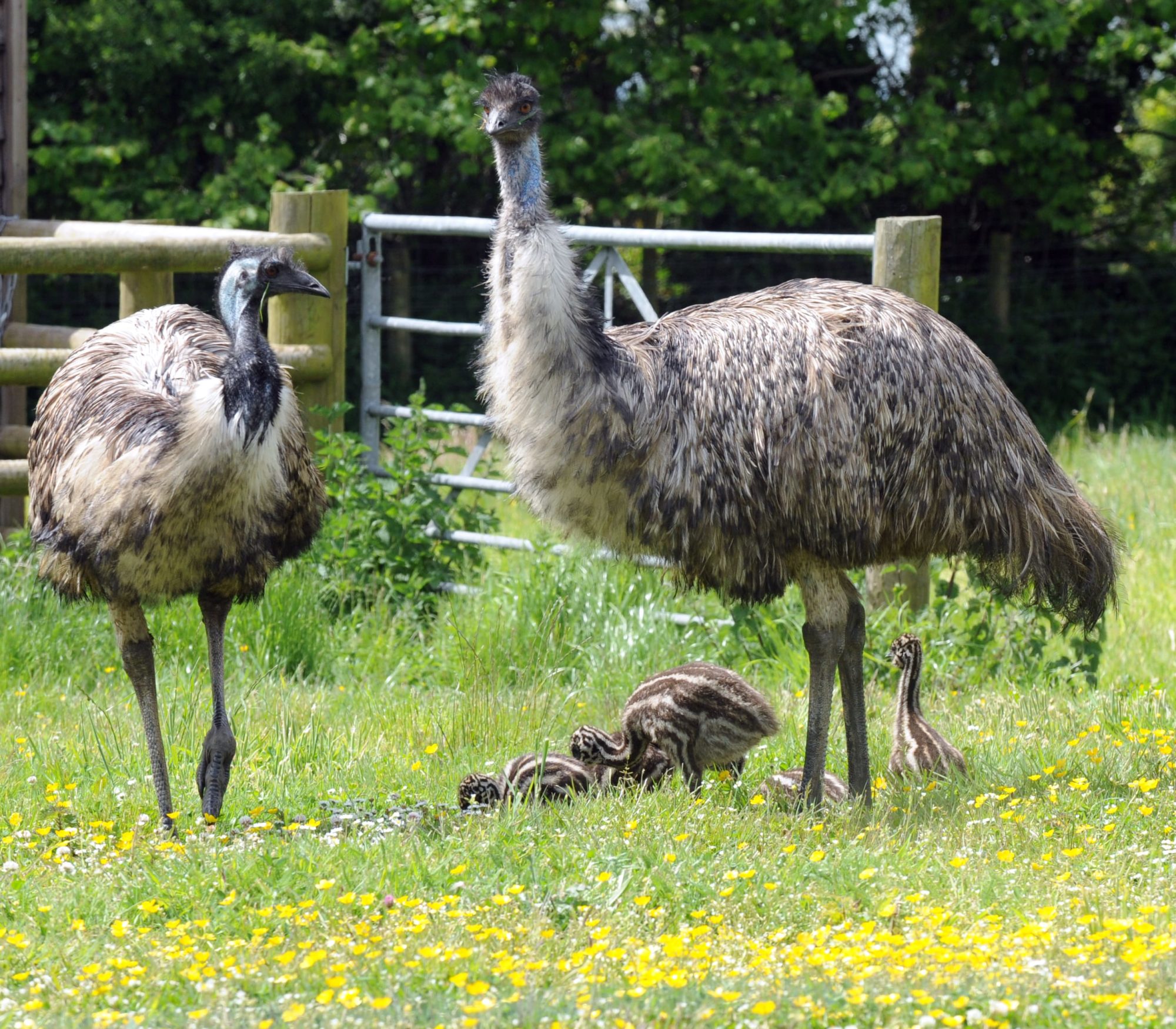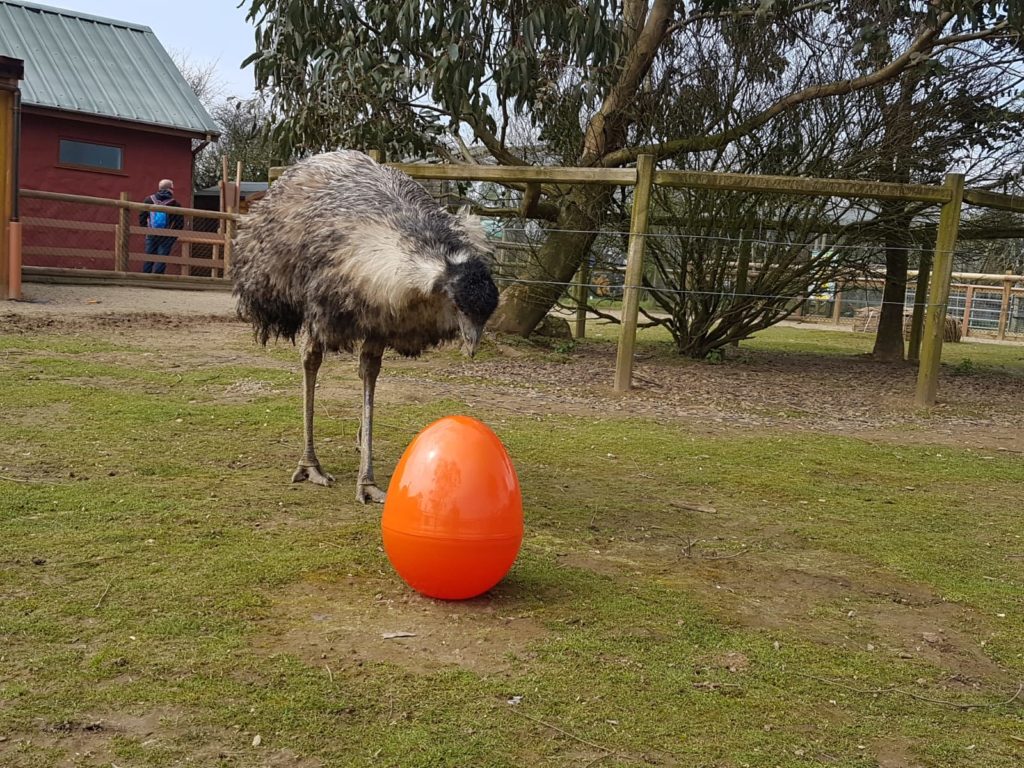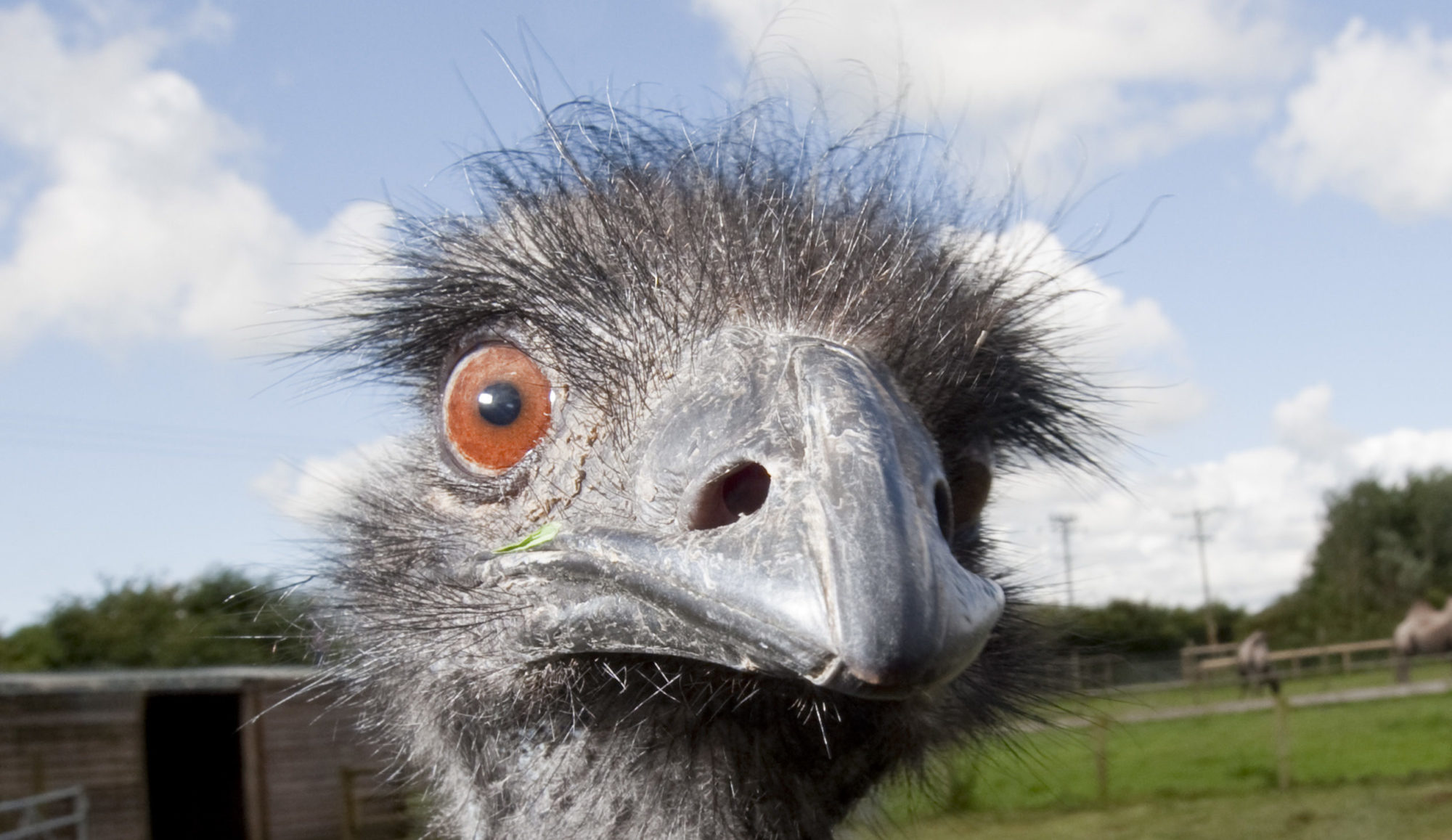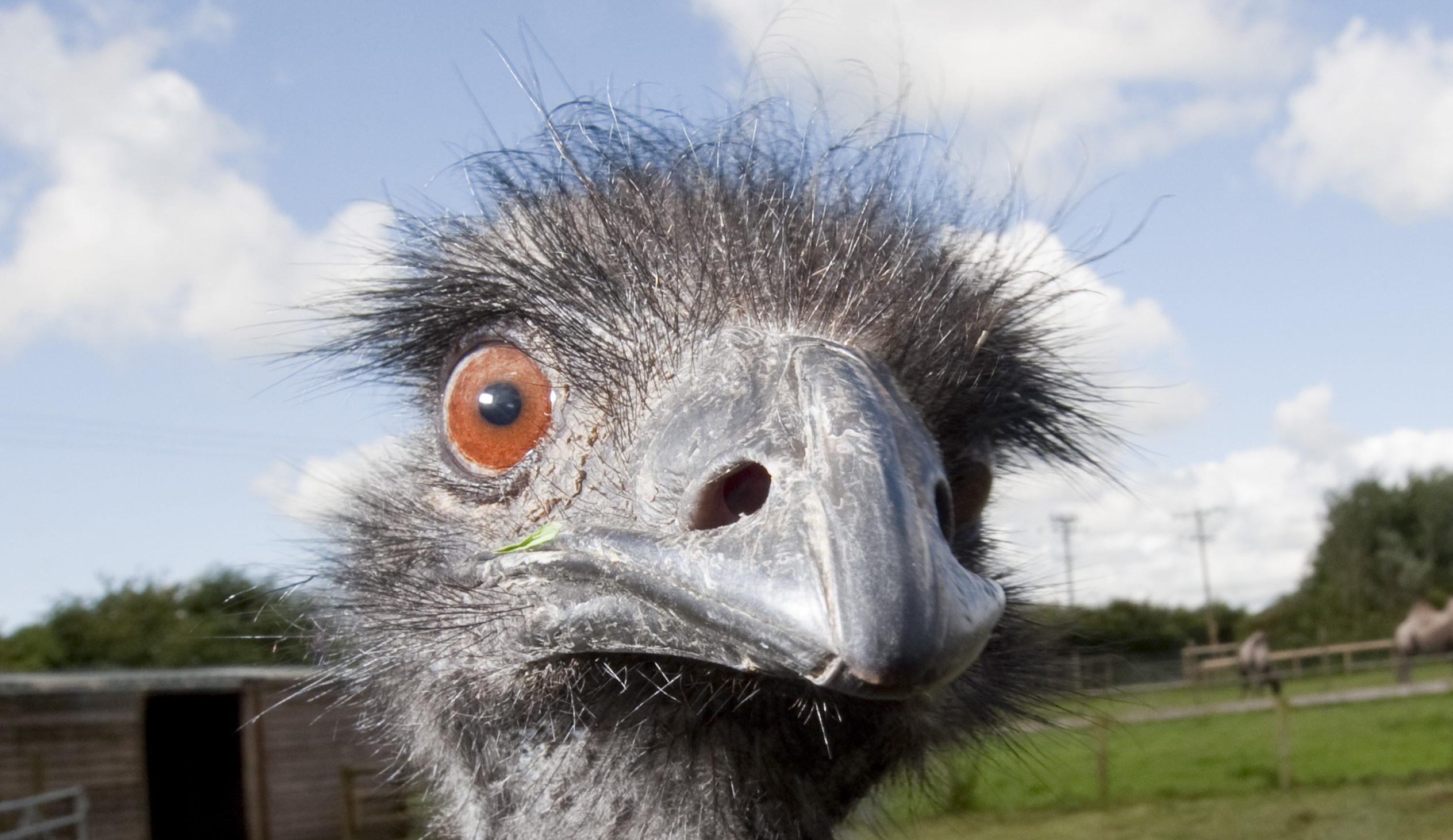

Found all over Australia these large flightless birds are instantly recognisable due to their sheer size and their incredible speed. And Rod Hull had one.
Even though its flightless, the emu still has wings. The emu uses them to cool themselves down. They stretch them out and allow air to move around the body. They also use them when they’re running at top speed to steer themselves in the right direction.
Emus are ‘nomadic’. This means they don’t stay in one spot for very long and take advantage of the food that is available in an area and move on when they need to.
Once hunted in the wild for their skin, feathers, meat and oil, these products are now obtained through emu farms. Although not listed as threatened by the IUCN, in Australia’s northern territories they are listed as vulnerable.
Latin name
Dromaius novaehollandiae
Class
Aves
Order
Casuariiformes
Family
Dromaiidae
Conservation status
Least concern
Impress your friends with everything you know about Emus!
Not really, due to their size and speed. Wild dogs, humans and crocodiles do sometimes hunt them.
Plants and insects like grasshoppers, beetles and cockroaches.
The short answer is…they don’t. Once the eggs are laid its up to the male to sit on them for roughly eight weeks.
